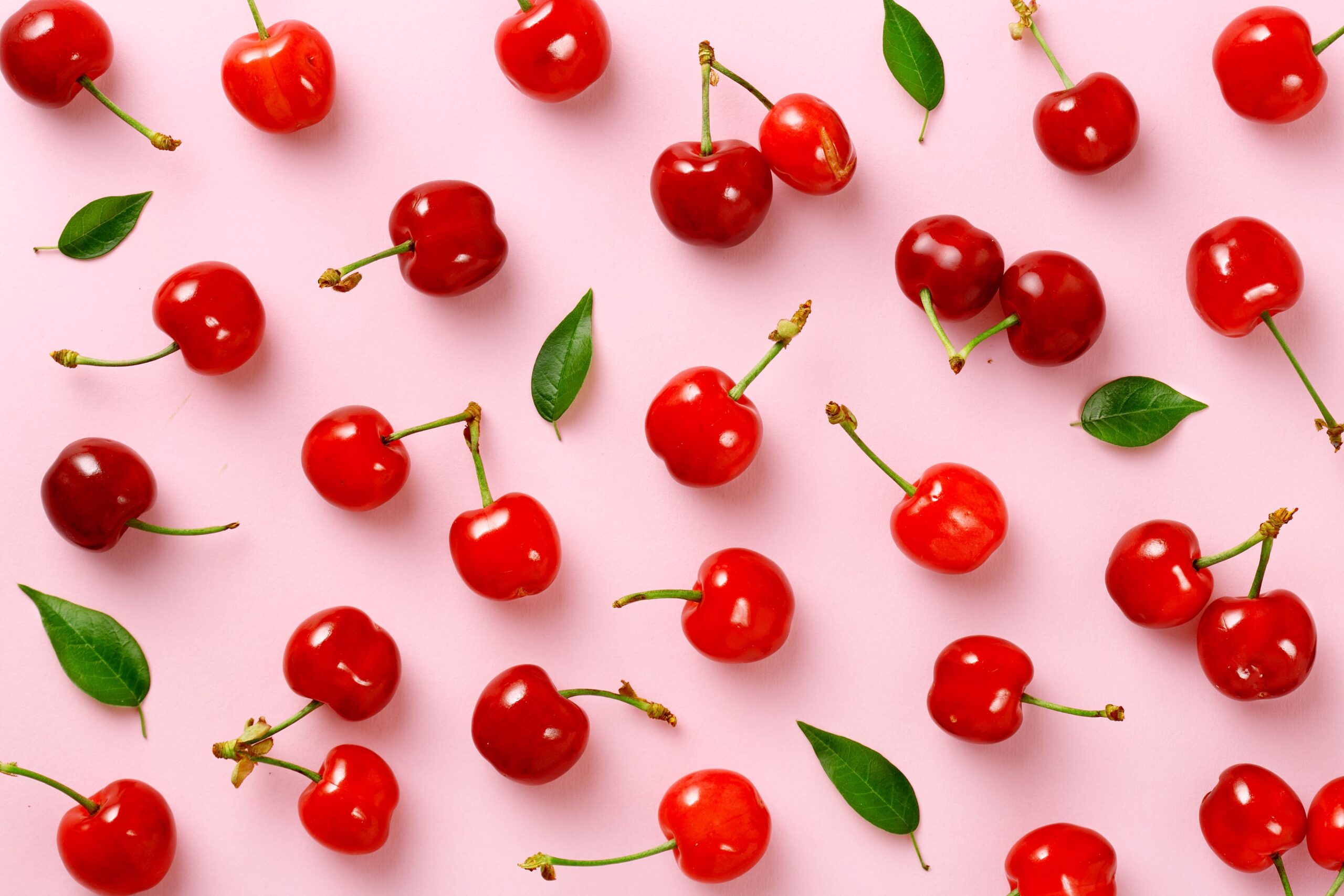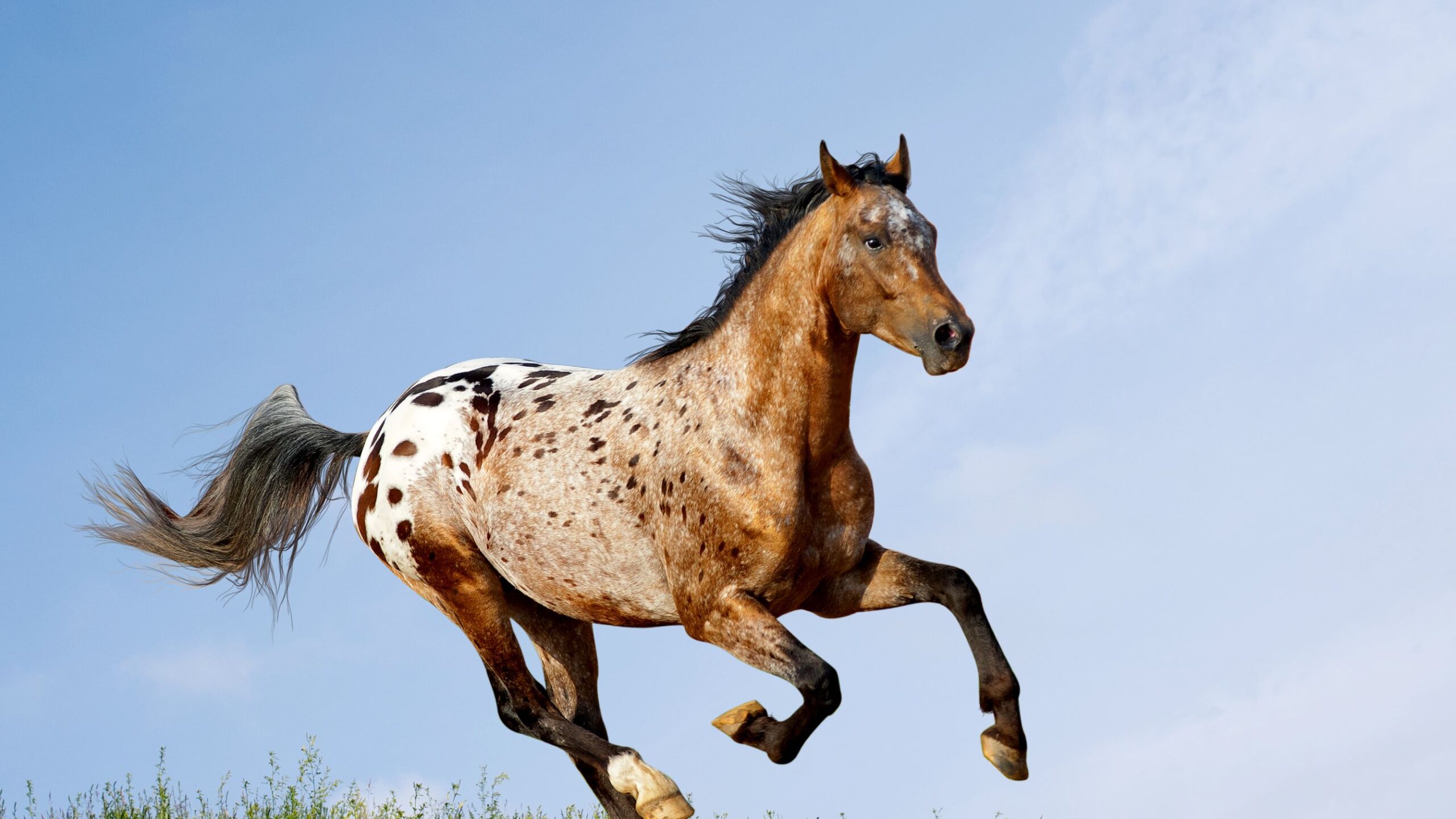
Cherries got their start in the regions of ancient Turkey and Greece, making their way to Rome around 72 BC. Slowly moving up to France, King Henry VIII liked them well enough to haul them back to England (Henry was a serious foodie) in the early 1500s. They’re in the same fruit family as peaches, plums, apricots, and almonds.
While many of us associate cherry blossoms with Japan, interestingly, most of those beautiful blossoms do not turn into fruit. Edible cherry producing trees were brought from the West in the late 1800s (think what they were missing all those centuries). However, Japan does not value the fruit as we do, and pies are definitely not on most menus.
In America, because of their beautiful blossoms, cherry trees were planted by settlers up and down the Northeast coast. Early Dutch and French immigrants planted thousands in the NY city area as well as points west, in what is now Michigan. When George Washington purportedly chopped down a cherry tree, he just might have started the ball rolling.
There are basically two types–sweet and sour. They have a relatively short growing season and are not particularly hearty trees. The U.S. is the second largest producer of cherries at 300,000 tons annually, after top producer, Turkey, which weighs in with 460,000 tons. Northwest and Midwest states grow the bulk of cherries, Traverse City, Michigan reigns as the cherry capital of the world and holds a huge festival annually. Known for their sour cherries, they feature the world’s largest cherry pie each year (bring your own vanilla ice cream). The wood of cherry trees is a popular type for furniture in the U.S.
French chefs have given their seal of approval (what more validation do you need?) and use cherries as a sauce for roast duck, flaming desserts (jubilee), crepe fillings and a popular tart called clafoutis. Americans love their pies, and although cherry takes a back seat to timeless apple, it still ranks in the top 5. And we enjoy them in more ways than one:
- cherry cobbler
- garnish for whipped cream
- include in cocktails
- flaming cherries jubilee
- New York cherry ice cream
- cherry jam
- cherry sauce
- snacking fresh or dried
- duck with cherry sauce
- cherry cola
- cherry compote
- cherry turnovers
- fruit dumplings
- chocolate covered candy
- wine and liqueur
Not only are cherries great for cooking and eating, but they tout health benefits as well, including anti-oxidant and anti-inflammatory benefits, reduce risk of gout, promote better sleep, lower uric acid, all proven by studies at Mayo Clinic and numerous others. Although the season is short, they are readily available year-round in frozen and canned forms, and some groceries and health food markets sell juice and dried cherries.
The most popular sweet varieties include Rainier, Bing, and Lambert, the tart varieties belong to Royal Anne, Montmorency, Morello and Early Richmond. But foodie president Thomas Jefferson, who was an avid gardener and horticulturist, cultivated a variety which he believed to be the best, called “Carnation.” All in all, he planted fourteen varieties of cherry trees in his vast orchard, along with plum, peach, apple and apricot trees. He also planted numerous carnation cherry trees along several walkways at Monticello, due to their highly fragrant blossoms. A sweet dark variety, it was especially prized for eating fresh. Other varieties he incorporated into his cooking. (When neighbor George Washington came to visit, were guards posted at the orchard entrance?)
So, whatever tops your hit parade, be it sweet or sour, fresh, baked or sauced, they’re one of America’s most beloved fruits. Cherries. Have a bowl.





